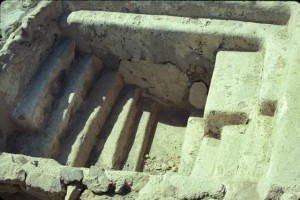- From Text to Tradition
- Historical surveys
- Primary sources
- Josephus, Antiquities XIII, 171-3- The Sects and God’s Role in Human Affairs
- Josephus, War II, 119-66- Three Philosophical Schools
- Josephus, Antiquities XVIII, 11-17- More About the Pharisees and Sadducees
- Acts 23- The Pharisees and Sadducees on Resurection
- Mishnah Yadayim 4-6-8- The Pharisee-Sadducee Debate
- Mishnah Hagigah 2-7- The Pharisees and Ritual Purity
- Mishnah Sotah 3-4- A Negative View of the Pharisees
- Mishnah Eruvin 6-2- The Sadducees and the Law of Eruv
- Mishnah Makkot 1-6- The Debate Over the Punishment of False Witnesses
- Mishnah Parah 3-7- Purification at Sunset
- Mishnah Niddah 4-2- The Pharisaic Ruling on Sadducee Women

